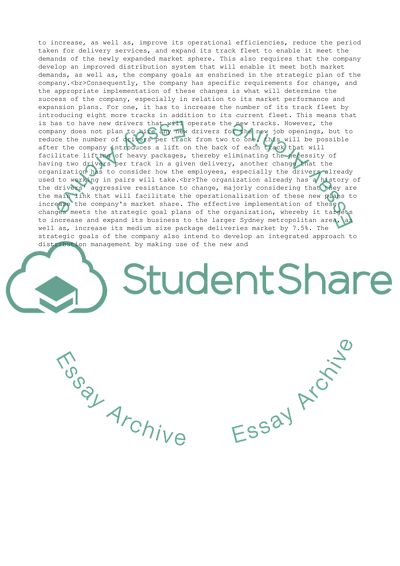Cite this document
(Manage Organisational Change Essay Example | Topics and Well Written Essays - 4250 words, n.d.)
Manage Organisational Change Essay Example | Topics and Well Written Essays - 4250 words. https://studentshare.org/management/1827120-manage-organisational-change
Manage Organisational Change Essay Example | Topics and Well Written Essays - 4250 words. https://studentshare.org/management/1827120-manage-organisational-change
(Manage Organisational Change Essay Example | Topics and Well Written Essays - 4250 Words)
Manage Organisational Change Essay Example | Topics and Well Written Essays - 4250 Words. https://studentshare.org/management/1827120-manage-organisational-change.
Manage Organisational Change Essay Example | Topics and Well Written Essays - 4250 Words. https://studentshare.org/management/1827120-manage-organisational-change.
“Manage Organisational Change Essay Example | Topics and Well Written Essays - 4250 Words”. https://studentshare.org/management/1827120-manage-organisational-change.


